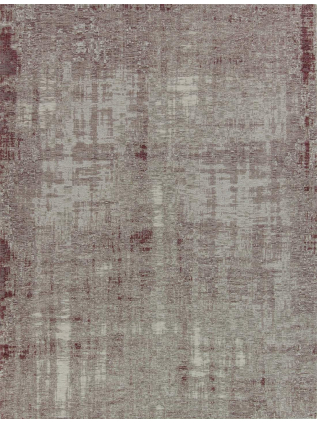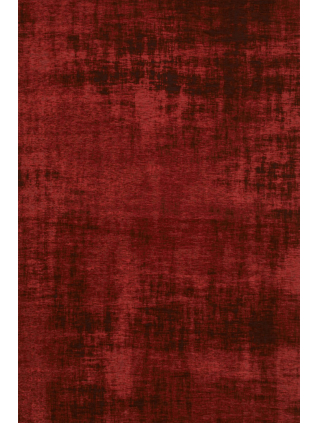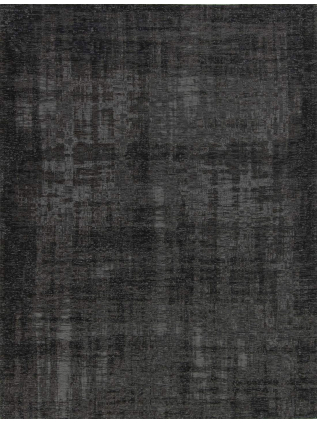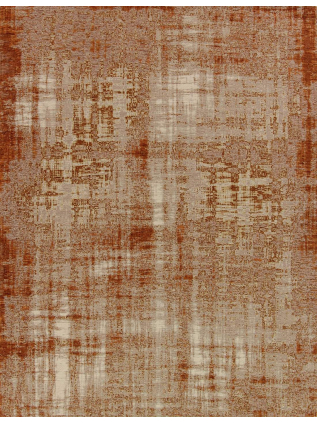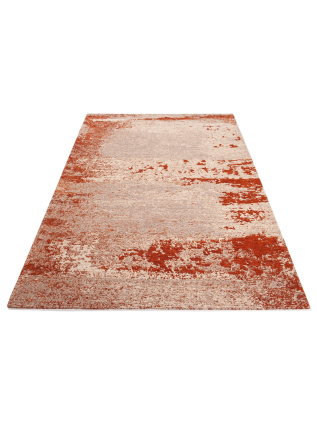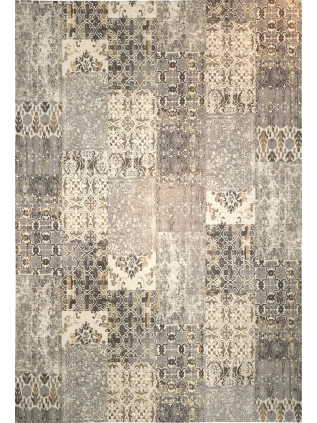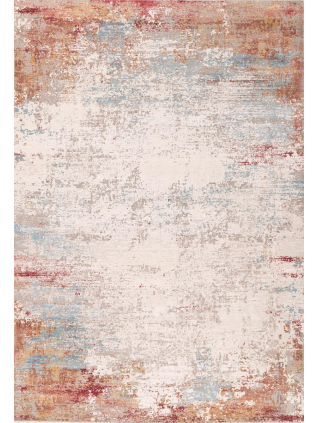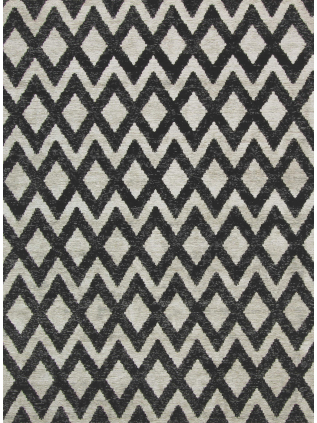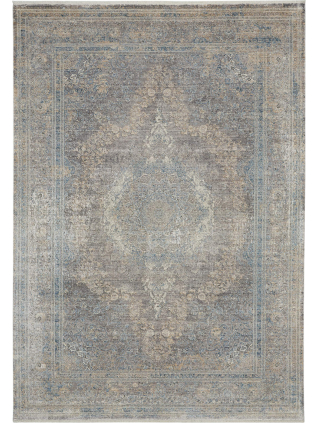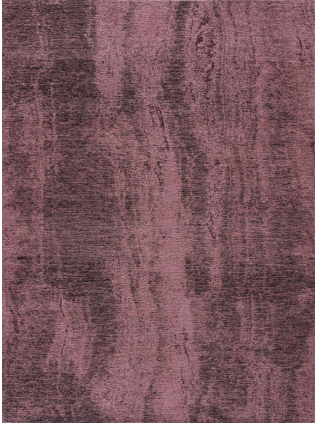Local Storage seems to be disabled in your browser.
For the best experience on our site, be sure to turn on Local Storage in your browser.
Acrylic is a human-made fiber first developed by Dupont Corporation in 1941. A striking feature of acrylic is that unlike other man-made fibers, acrylic has characteristics akin to natural wool. It has the appearance and feel of wool. However, owing to its source, it is tremendously cheaper than wool. As such, acrylic carpets became quite popular in the 1950s and 60s. Wool being the standard fiber for making the best carpets, acrylic seemed to be the best alternative. However, it was later realized that this fiber is not a like for like replacement for wool.
Its popularity did not emanate from having the look and feel of wool alone. There was more to the acrylic draw, including its resistance to mildew. Wool being a natural fiber is quite susceptible to mildew and as such, keeping the carpet dry to avoid mildew is of critical importance. Acrylic's chemical composition makes it resistant to mildew. Acrylic carpets also offer resistance to moths, which are threat wool carpets. Again, unlike wool which is a natural fiber, acrylic is resistant to moths owing to its chemical composition.
Acrylic-based carpets also have quick-dry properties going for them. Wool carpets tend to retain a great deal of water after cleaning, a property that reduces their usability in between washes. However, acrylic wicks the water away and quite fast, thus providing a quick-drying carpet. Other properties that attracted and still attract consumers to acrylic carpets are resistance to soiling, staining, static electricity, and the colorfast properties.
However, just as it is with any other fiber, acrylic has its own demerits. The most significant demerit of acrylic fiber is their susceptibility to degradation. It is common for acrylic fibers to break way due to normal pulling force or friction. Additionally, the fiber has a tendency of becoming fuzzy and start to pill with time. As such, it does not hold up very well with high traffic. This has restricted the areas where the carpet can be used an effective flooring.
Typically, acrylic-based carpets, whether hand loomed, hand tufted, or machine tufted are best used in low-traffic areas, such as bedrooms. Additionally, owning to the quick-to-dry property of the fiber, you can also use an acrylic carpet in your bathroom. Using this carpet in this part of your house alleviates the worry of your bathroom carpet not drying quick enough to maintain a safe, clean, and a fresh bathroom.

